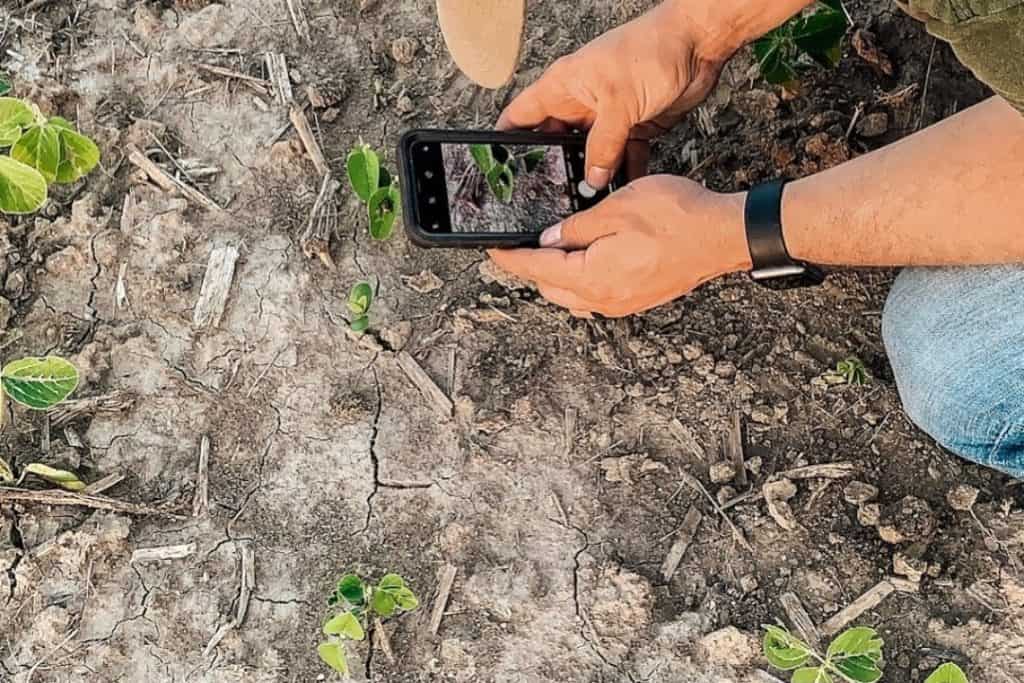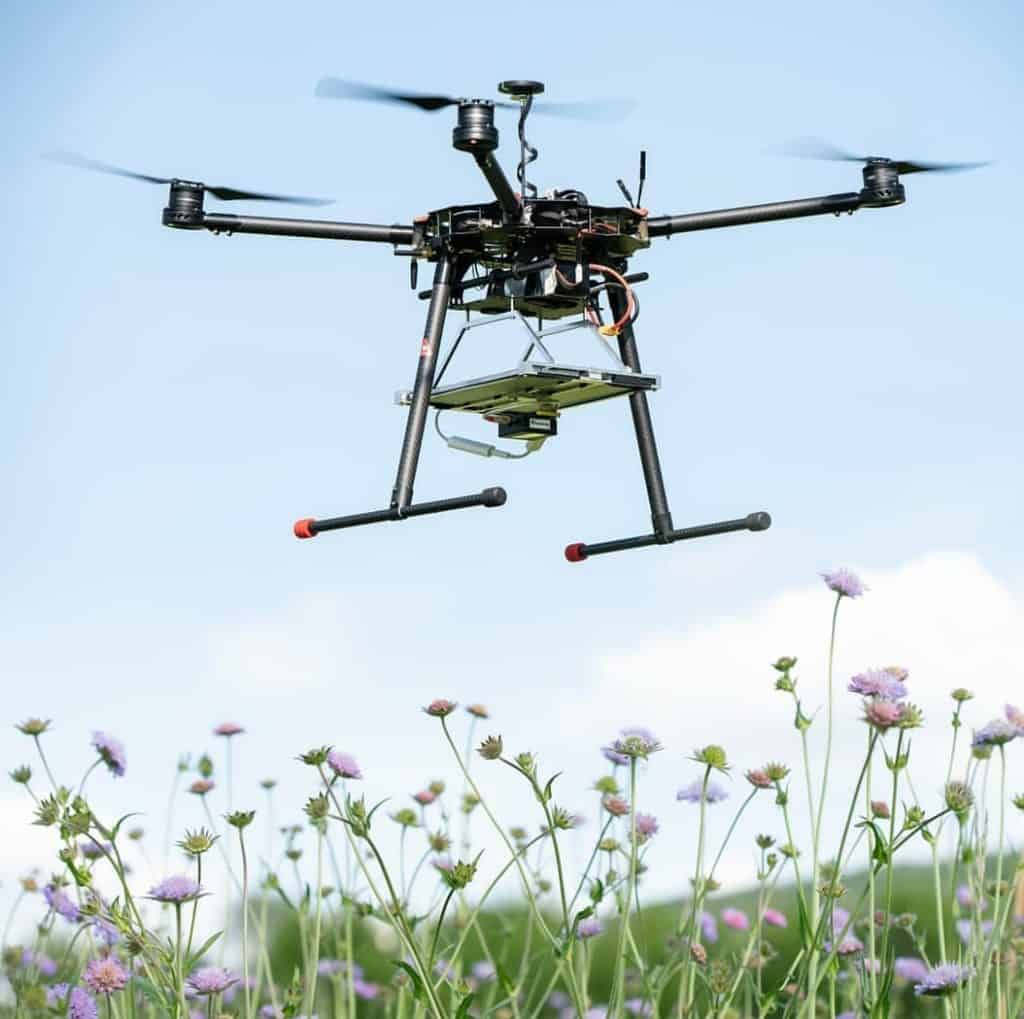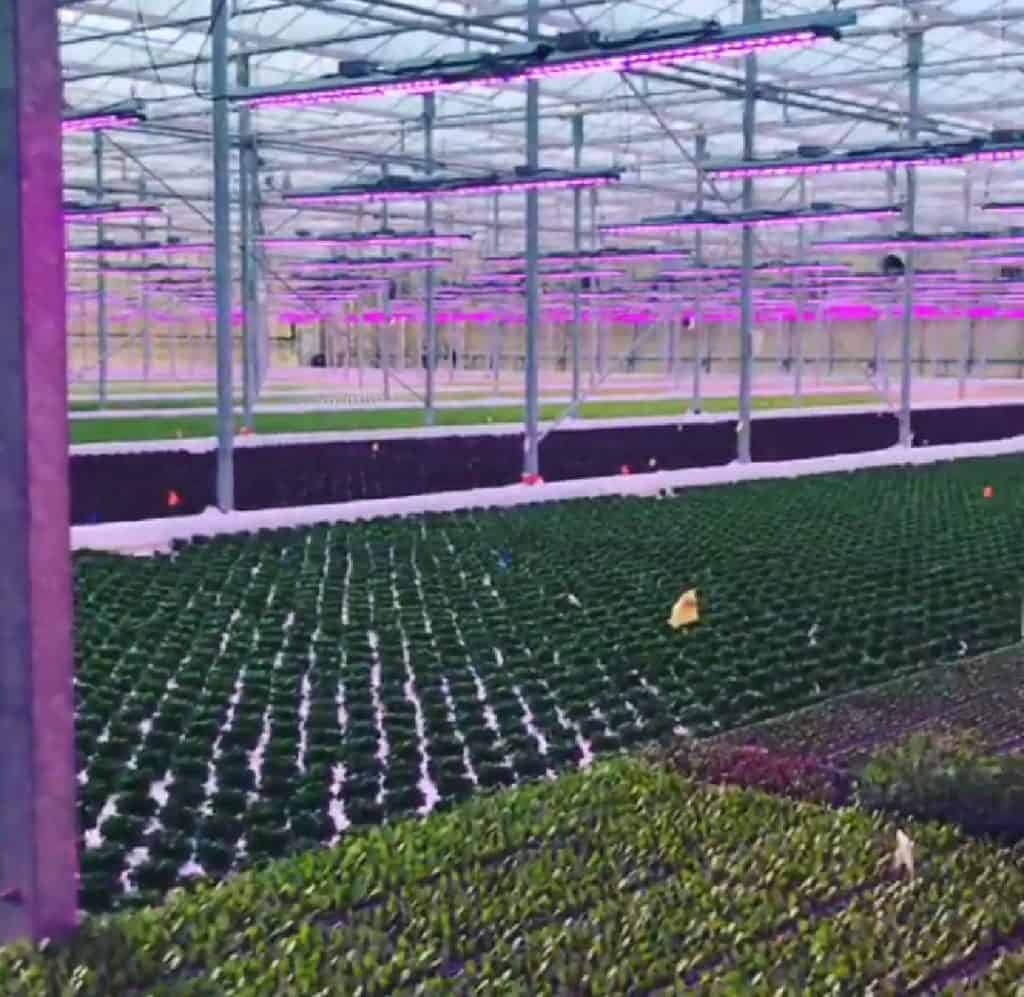The Indian Government has decided to invest heavily in agricultural infrastructure to strengthen it with technology. Technology would help in boosting the income of Indian farmers and promote sustainable farming.
Niti Aayog, policy-making commission of India, is planning to conduct programs and researches on technologies like machine learning, artificial intelligence and Internet of Things (IOT) to escalate the Agri Economy of the country.
Technology has changed the way of Farming
Government and private companies are investing hugely on rebuilding the agricultural infrastructure through technology. Above all, evidences of technology escalating the production and income of farmers worldwide support this.
List of Internet Based Solutions in India:
E-Choupal: ITC Ltd initiative, Direct Procurement from Rural farmers of agricultural and aquaculture products like soybeans, wheat, coffee, and prawns
Kisan Suvidha: Learning based solution for farmers to increase yields and returns
E-Nam: National Agriculture Market or eNAM is an online trading platform for agricultural commodities in India

List of Apps for Farmers:
Uzhavan: Hiring and Renting Farm Equipment
AGMobile: This app keeps you informed about day-to-day activity in agriculture market.
CCMobile: Helps farmers monitor their crops
IIFCO Kissan: Mandi Prices, Weather Forecast, Govt Policies and all Agri Related Schemes and News Solution
Integration of IOT and RFID (Radio Frequency Identification technology)
Integration of IOT and RFID technology is an agricultural information cloud used to provide right information to farmers. Farmers can further utilize the data provided by the technologies and equipment involved.
Indian Government’s Measures to Enhance Research and Technology
The Indian Meteorological Department, in their mission 2030 has proposed to form integrated unit involving institutes nationally and globally. This unit aims to strengthen and restructure mechanisation and plant protection, using information and communication technology (ICT).
What India Can Learn From Rest of The World
Research based on cloud computing and IOT
Researches in china employed the technology of cloud computing and IOT in agriculture sector , it resulted in advancing soilless culture, solution control technology , environment control technology (monitors the environmental factors, such as humidity , wind pressure and speed) and smart irrigation technology (it helps in optimising the use of water).The research was conducted in 2013 in China. It achieved success in projects like ‘Golden agricultural project’, ‘The three Dian project’, etc.

GPS and Wireless Node
The use of GPS and wireless nodes provide a powerful monitoring tool. It helps in analyzing crop cultivation and has also helped in monitoring the use of pesticide by using drones. In addition, this technology made switching state of pump easy, it also provided data and algorithms useful to farmers.
The Smart Farming Project
Smart farming project of Brazil employed technologies such as digital revolution, AI, mobility with intelligent sensors. This project resulted in recognising innovative products, procedure optimisation and helped in devising effective ways to manage agricultural production. In addition, it explored the possibility of using remote sensing technology in cultivation process.
The data about variations of sunlight, temperature, rain and humidity was collected from Meteorological department to gather knowledge on deviation in seasons against previous years data. Also, data was collected using satellite images about the Normalised Difference Vegetation Index (NDVI), which helped in indicating the amount of photo-synthetically active vegetation in the area. It further helped in formation of data-oriented models.
The NDVI associates with green leaf biomass and green leaf area, found (accidently) that India’s NDVI values were very high, indicating it to be helpful in boosting sustainable farming in India.

Indoor Farms
In 2018, a South Korean company constructed the country’s largest smart farm inside an abandoned tunnel. The farm provided ideal temperature, artificial light and other factors are monitored using IOT. This solves the problem of crop damage due to weather conditions. Moreover, the produce was found to be healthier as it involved less use of insecticide.